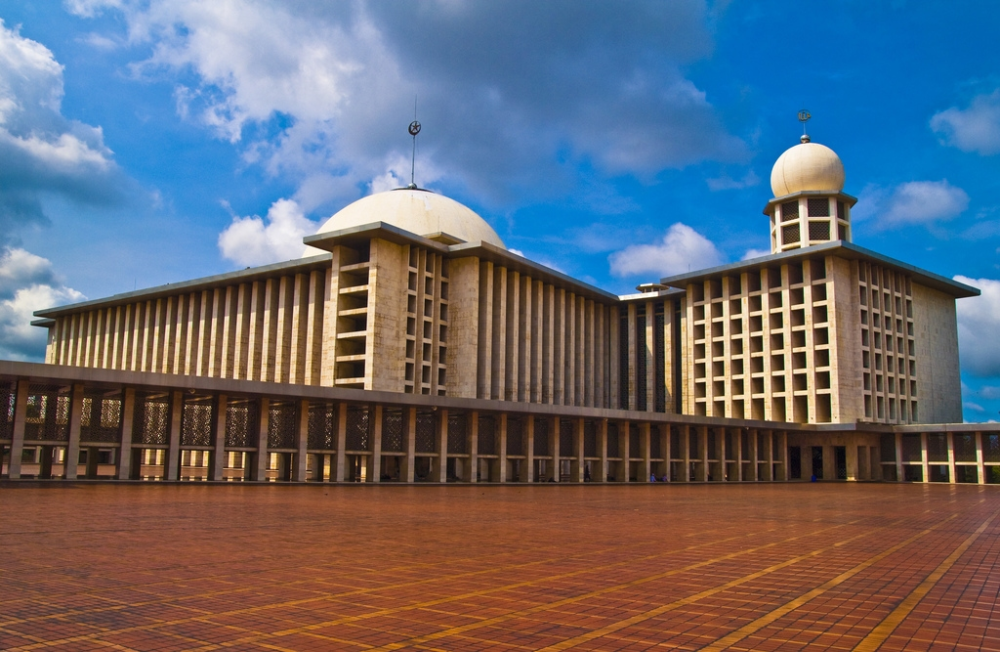

Istiqlal Mosque, located in the heart of Jakarta, is not only the largest mosque in Southeast Asia but also a significant symbol of Indonesian independence and unity. Its name "Istiqlal" means "independence" in Arabic, honoring the nation's struggle for freedom from Dutch colonial rule. The mosque was first opened to the public on February 22, 1978, by the then-President of Indonesia, Suharto, marking a historic milestone in the country's religious and cultural landscape.
Since its inauguration, Istiqlal Mosque has been a major draw for tourists, both local and international. Visitors are captivated by its grandeur and architectural brilliance. The mosque was designed by Friedrich Silaban, a Christian architect from North Sumatra, further emphasizing the message of tolerance and diversity in Indonesia. Its design features a minimalist style with Arabic calligraphy and geometric patterns, combining contemporary design with traditional Islamic architecture.
For decades, Istiqlal Mosque has been pivotal to Jakarta's tourism, serving as a beacon for religious tourism and interfaith understanding. It is not uncommon to see groups of tourists guided by knowledgeable volunteers through the vast hallways and prayer areas, exploring the mosque's unique features, such as its dome which is supported by twelve round columns and the large courtyard with its impressive pool and fountain.
The mosque's capacity to accommodate up to 120,000 worshippers at once does not only make it an important religious site but also a venue for significant national and international events that draw visitors and dignitaries from around the world, contributing to its status as a tourist landmark.
In recent times, there has been a shift towards responsible and sustainable tourism worldwide. Visitors to Istiqlal Mosque are increasingly interested in cultural exchange and understanding the role of Islam in Indonesia's diverse society. The mosque's authorities have responded to these trends by facilitating more informative tours and cultural programs that engage tourists in dialogue and education about Islam and its practices in Indonesia.
Moreover, with the rise of social media, Istiqlal Mosque has gained popularity as a photogenic site. The mosque's vast, open spaces and stunning architecture make it a favorite spot for photographers and influencers, further bolstering its reputation as a must-visit destination in Jakarta.
Recognizing the importance of tourism, recent efforts have been made to improve the visitor experience at Istiqlal Mosque. These include multilingual guides, the introduction of advanced visitor facilities, and the integration of digital technology for interactive learning experiences. Such upgrades aim to accommodate the evolving demands of tourists and to ensure that the mosque continues to be a welcoming and informative destination for all.
The harmony and tolerance exemplified by Istiqlal Mosque, especially in its inclusive approach to visitors of all faiths and backgrounds, remain at the heart of its tourism appeal. As Jakarta evolves and the tourism industry adapts to new challenges and opportunities, Istiqlal Mosque will likely continue to stand as a proud emblem of Indonesia's rich heritage and a cornerstone of its tourism sector.